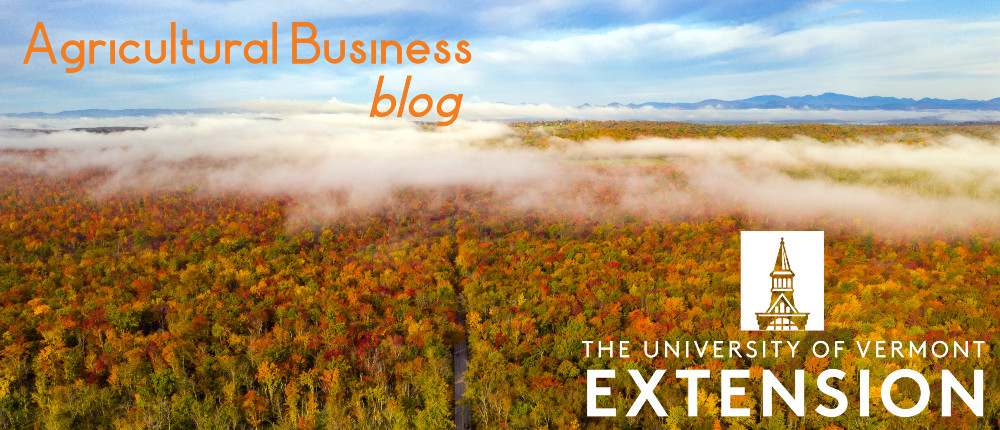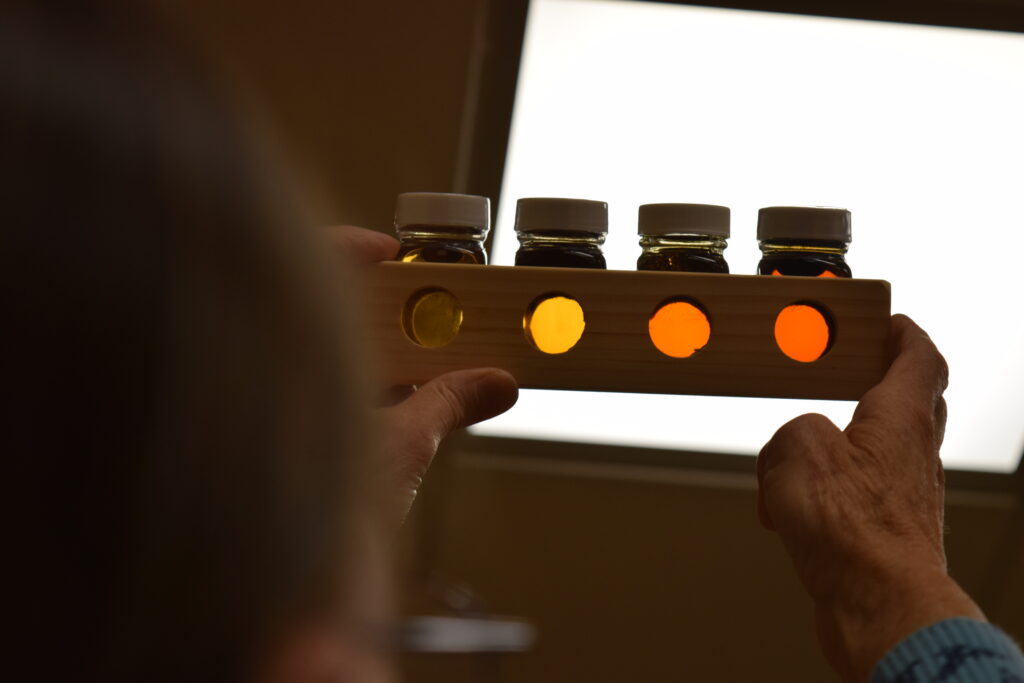by Chris Lindgren, Forest Business Educator
There must be as many ways to harvest timber as there are loggers, likely more. Every approach may not be “best,” but most are acceptable. Each logger has a different set of equipment and a different crew with a variety of experience and skills, forest landowners have varying visions and objectives, and forest managers approach forest systems and forest operations based on their sensibilities. Each of these variables factor into a logger’s approach.
Whatever the circumstances, all parties desire a positive economic outcome. At all stages of production those who add value want to be fairly compensated for their work. The win-win result hopefully applies to both the cash value of materials harvested and the impacts on the residual stand, as well. Clearly, this is not always how it works out.
When I first began business planning work with logging contractors, one of the first workshops I attended was with Steve Bick of Northeast Forests LLC. I “got” to play a game Steve called penny logging. This game was like production and assembly exercises I had encountered at various lean trainings over the years. The objective: given certain constraints, arrange assets and production to achieve the smoothest, most economic output. Over the years I have become keenly aware of the constraints (terrain, soil, weather, ownership, regulation) on any given timber harvest. The harvest in the video above is an example of loggers using the constraints to their advantage, creating an exciting and elegant material flow. Enjoy!

